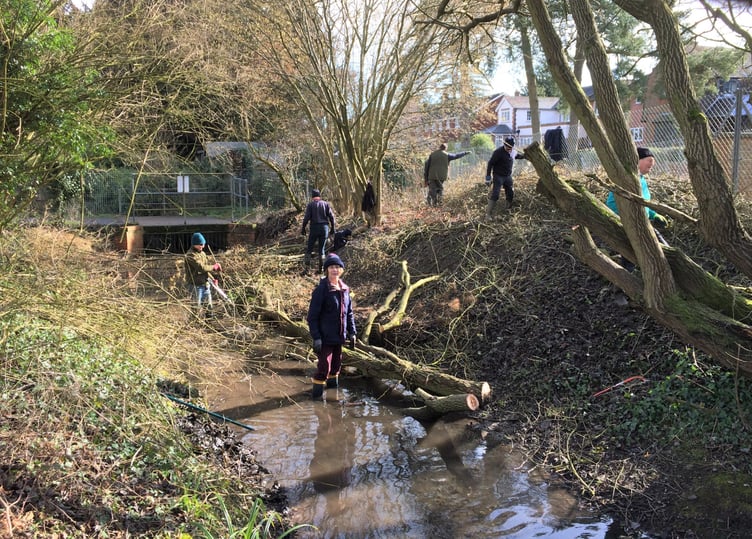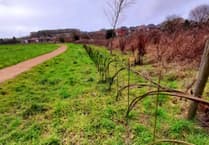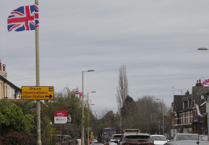A STRETCH of rare chalk stream habitat has been restored for wildlife in Alton.
Chalk springs rise from the ground at the Flood Meadows nature reserve, one of the two main sources of the River Wey.
They become a clear chalk stream, one of the rarest habitats in the world, and feed the adjoining wetlands in Alton before feeding into the River Wey and eventually the River Thames.
Surrey Wildlife Trust, Wey Landscape Partnership, Friends of Flood Meadows, Friends of the River Wey and Alton Town Council combined to restore a 100-metre length of the stream running through the Flood Meadows, where chalk stream plants, moorhen and other wetland birds thrive.
Flood Meadows became a “passion project” for Glen Skelton, wetlands project manager at the Surrey Wildlife Trust, as he walked his dog past the stretch of river every day.
In 2016, he noticed the river channel was too wide and straight, which was no good for in-stream plants and wildlife. New banks were created to narrow the river and make it more winding, allowing plants to take hold, while trees and vegetation were cut back to allow light to reach the banks.
In January, Glen completed two months of work with the Friends of Flood Meadows to improve the stream even more. Alton Town Council paid for 20 tons of gravel, which volunteers from The Alton Society distributed along it.
The gravel provided more habitat for invertebrates and a chance for plants like the water crowfoot to take hold, providing cover with yellow and white flowers in spring.
The caddis fly and mayfly are also chalk stream species. When the stream has improved even further it could be home to fish such as the brown trout and miller’s thumb, which feed on invertebrates.
Glen said: “Wetlands provide a refuge for river wildlife. The river and adjoining wetlands in this area help to recharge the groundwater sources to keep the streams like this flowing.
“While this project is just over the border into Hampshire, nature recovery networks do not stop at county borders. We need to think in a more connected way, making sure the habitat is linked via healthy natural corridors through towns, cities and across counties.”





Comments
This article has no comments yet. Be the first to leave a comment.